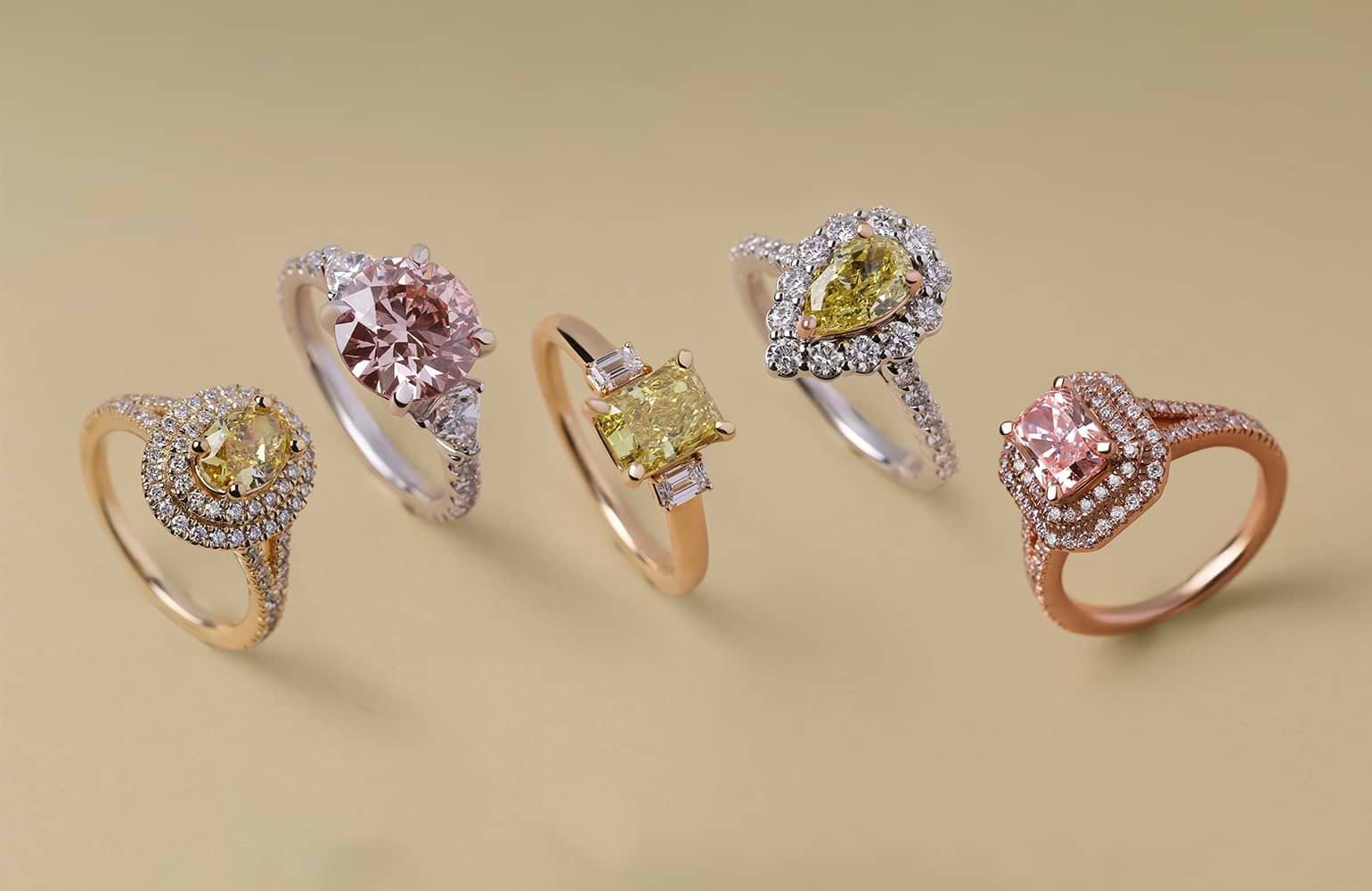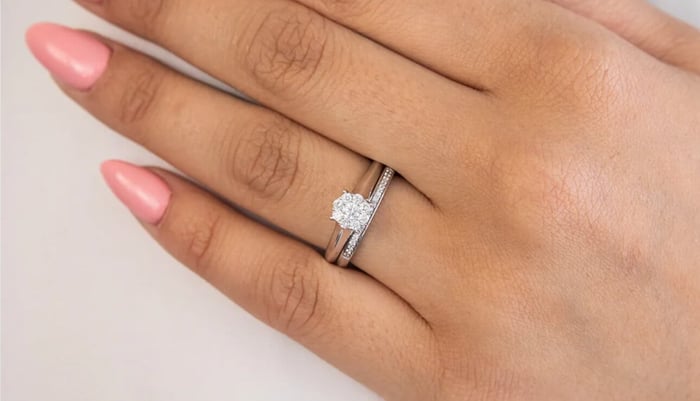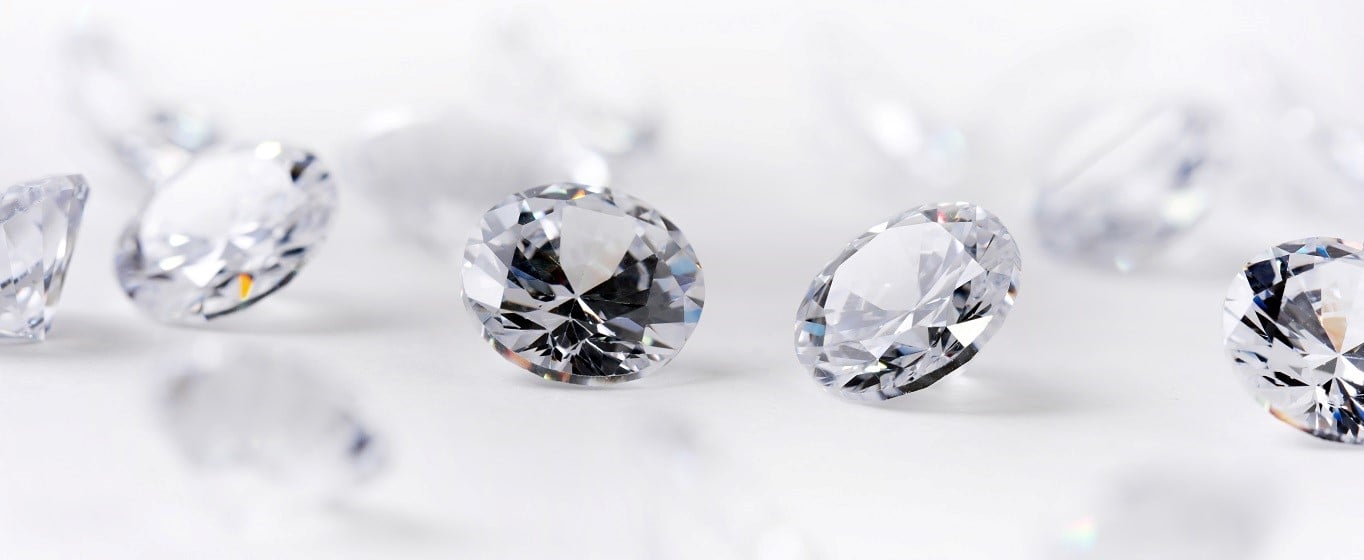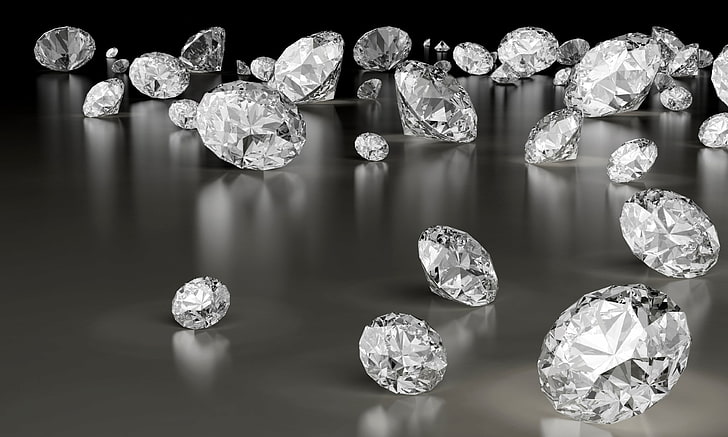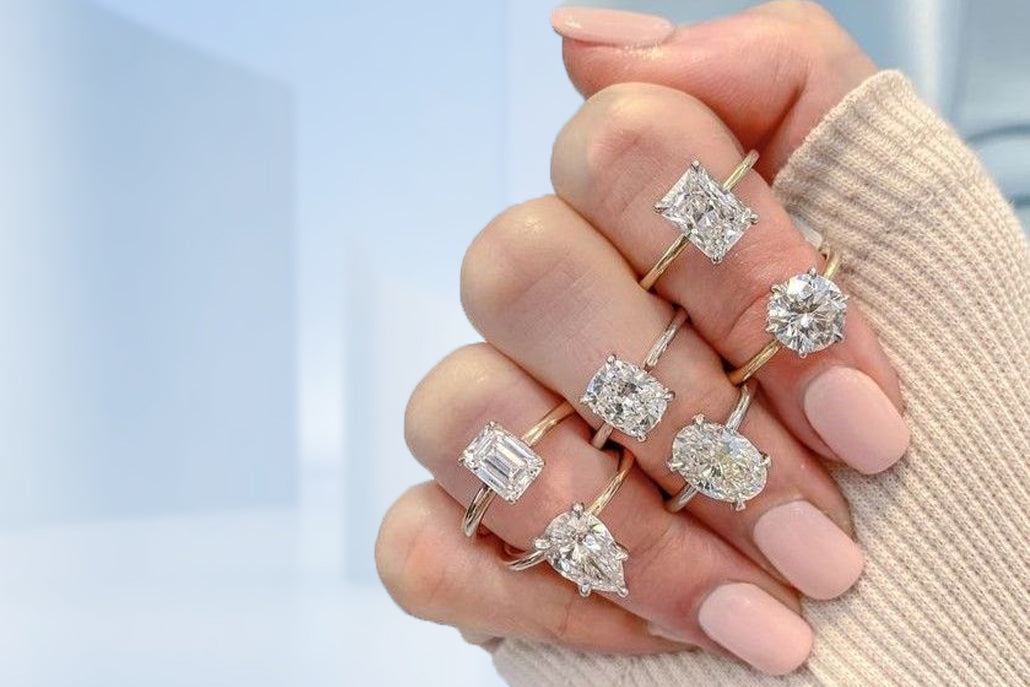
When it comes to lab diamond rings, the setting plays a crucial role in both aesthetics and functionality. Among the various components of a ring, the lab diamond rings claws are particularly important. These claws, or prongs, hold the diamond securely in place while enhancing its visual appeal. This article will explore the significance, types, and maintenance of lab diamond rings claws.
Table of Contents
What Are Lab Diamond Rings Claws?
Lab diamond rings claws refer to the small metal prongs that secure the diamond in the setting of the ring. These claws are essential for protecting the stone while allowing maximum light to enter, showcasing the diamond’s brilliance. The design and placement of the claws can greatly affect the overall look of the ring, making them a vital aspect of lab diamond jewelry.
The Importance of Claws in Lab Diamond Rings
The primary function of lab diamond rings claws is to secure the diamond, preventing it from becoming loose or falling out. A well-designed setting with sturdy claws ensures that the diamond remains protected from everyday wear and tear. Additionally, the way the claws are shaped and positioned can enhance the diamond’s sparkle by allowing more light to reflect off the stone’s facets. Thus, the design of the claws is not just practical but also contributes to the overall aesthetic of the ring.
Types of Claws for Lab Diamond Rings
There are several types of lab diamond rings claws, each offering a different look and level of security. Some common types include:
- Single Claw: This design features a single, prominent prong that holds the diamond in place, allowing for maximum visibility and light exposure.
- Double Claw: This style uses two prongs to secure the diamond, providing additional support while maintaining a sleek look.
- V-Shaped Claw: This unique design features prongs that form a “V” shape, adding an artistic touch to the ring while securely holding the diamond.
- Basket Setting: In this setting, the diamond is enclosed in a series of prongs that form a basket shape, providing excellent security and a modern look.
Understanding the different types of lab diamond rings claws can help you choose a setting that complements your style and meets your needs.
Choosing the Right Claw Design
When selecting a lab diamond ring, considering the design of the lab diamond rings claws is crucial. Factors such as lifestyle, personal preference, and the size of the diamond can influence your choice. For instance, if you lead an active lifestyle, you may want to opt for a setting with more substantial claws for added security. On the other hand, if you prefer a minimalist look, a single claw design might be the best fit.
Maintenance of Lab Diamond Rings Claws
Proper care and maintenance of lab grown diamonds are essential for ensuring the longevity of your ring. Regularly inspecting the claws for signs of wear or looseness is a good practice. If you notice any issues, it’s important to have the ring professionally examined and repaired. Cleaning the claws can also enhance the ring’s brilliance, as dirt and debris can accumulate and diminish the diamond’s sparkle.
Conclusion
In summary, lab diamond rings claws are a fundamental aspect of lab-grown diamond jewelry. Their design, function, and maintenance play a significant role in both the aesthetics and durability of the ring. By understanding the importance of claws and selecting the right design, you can ensure that your lab diamond ring not only looks stunning but also remains secure and beautiful for years to come.




